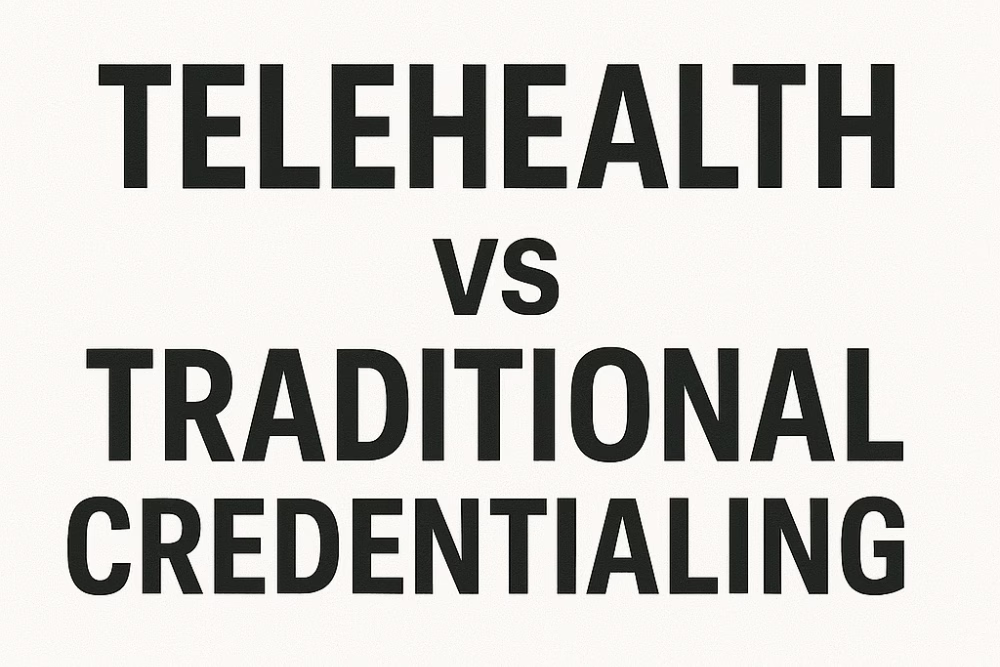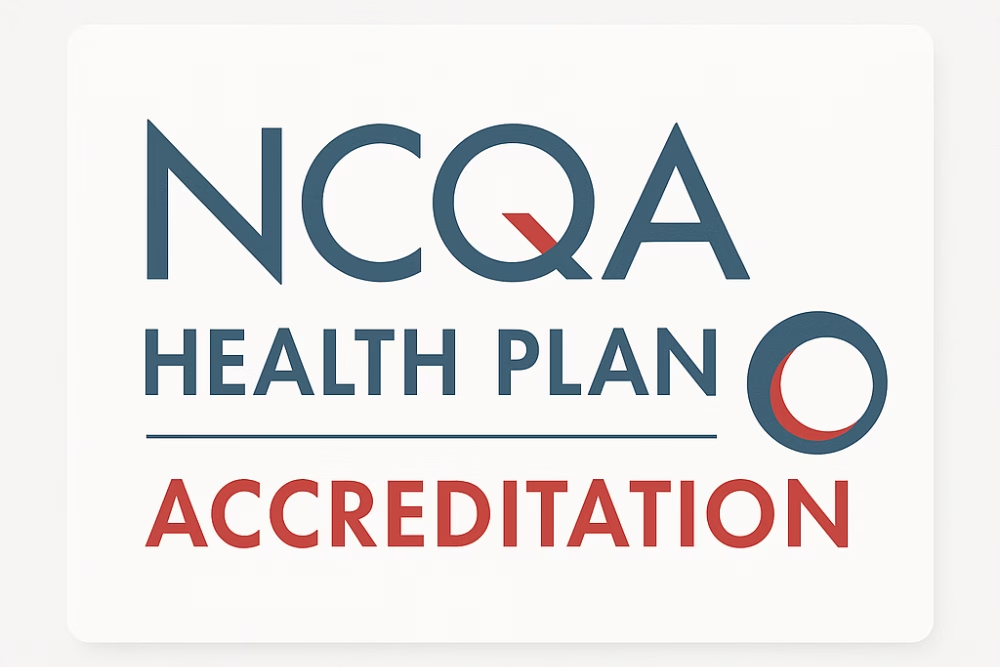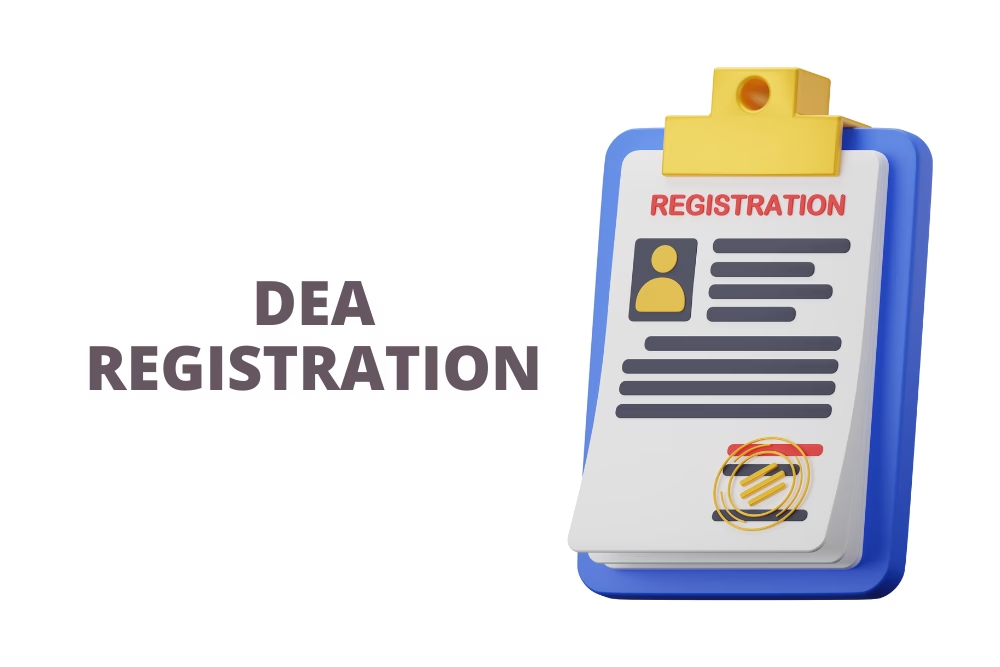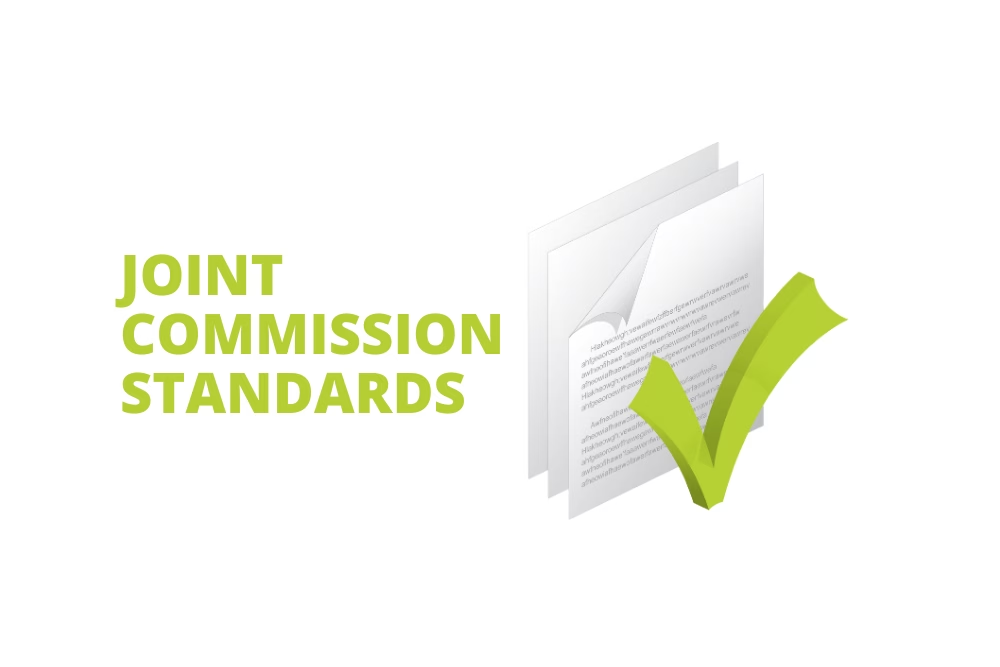When it comes to provider credentialing, choosing between individual vs group credentialing for healthcare providers is a key decision that can significantly impact practice operations and long-term flexibility. For practice managers, healthcare providers, and clinic owners, understanding the pros and cons of each credentialing method is essential to ensure efficient onboarding, payer alignment, and reimbursement readiness.
This guide breaks down the differences, benefits, and considerations to help you determine the best fit for your practice or career goals.
What is Individual Credentialing?
Individual credentialing involves providers obtaining credentials under their tax identification number (TIN). This method is especially appealing for providers who want independence and mobility.
Key Advantages:
-
Portability: Credentials follow the provider, not the practice, allowing for smoother transitions between jobs.
-
Greater Flexibility: Providers can affiliate with multiple practices or move without needing to restart the credentialing process.
-
Specialty-Specific Verification: Insurance payers can credential you directly in your licensed specialties, ensuring credentials align with your services.
This approach is ideal for those with evolving career paths or for providers working in multiple settings.
What is Group Credentialing?
Group credentialing means that a provider is credentialed under a group’s TIN, typically tied to one practice or healthcare organization.
Key Advantages:
-
Streamlined Applications: All providers are credentialed through a centralized, group-submitted application.
-
Administrative Efficiency: Saves time for large practices onboarding multiple providers.
-
Simplified Management: Easier to track credentialing for all team members from a centralized system.
The downside? If a provider leaves the group, their credentialed status with that payer does not transfer.
Individual vs Group Credentialing: Quick Comparison
| Feature | Individual Credentialing | Group Credentialing |
|---|---|---|
| TIN | Personal TIN | Group TIN |
| Portability | High credentials follow you | Low – tied to the practice |
| Flexibility | Greater independence | Restricted to the group |
| Application Process | Per provider | Centralized for all providers |
A Hybrid Credentialing Strategy
Some providers and practices opt for a hybrid approach, where a provider maintains individual credentials under their own TIN and then affiliates with a practice’s group TIN. This offers the best of both worlds: portability and streamlined enrollment.
It’s especially useful for specialists who moonlight or work across multiple clinics.
Choosing What’s Right for Your Practice
Deciding between individual vs group credentialing for healthcare providers comes down to your practice’s structure, growth plans, and operational goals. Independent providers may value flexibility, while group practices often prefer streamlined workflows and faster payer onboarding.
Either way, making the right choice up front can help you avoid costly delays and ensure your providers are ready to serve patients.
Need Help with Credentialing? Let eClinicAssist Do the Heavy Lifting
Credentialing is complex, but it doesn’t have to be overwhelming. At eClinicAssist, we support both individual and group credentialing processes from start to finish. Whether you’re setting up your solo TIN or managing multi-provider group enrollments, we’ll streamline the paperwork, avoid common pitfalls, and help you get credentialed faster.
👉 Contact eClinicAssist today for a free consultation and discover how our credentialing experts can support your practice.







